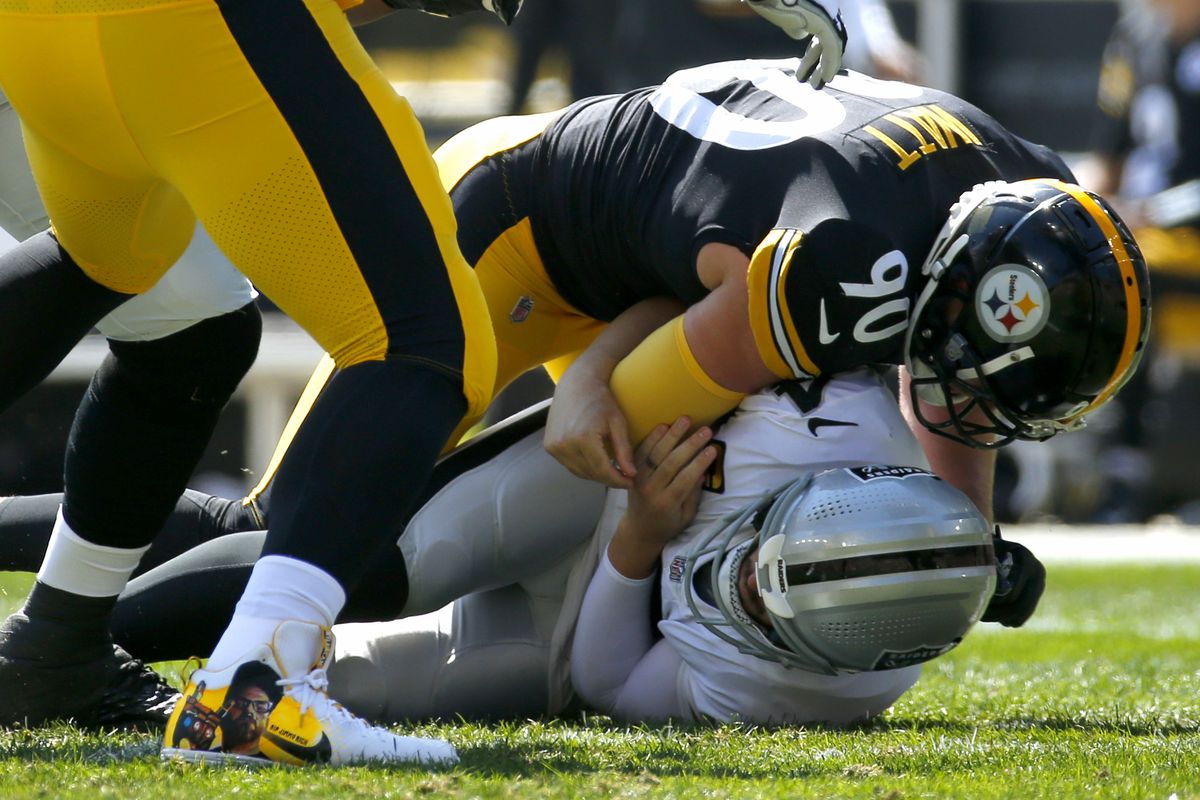It was a busy Sunday in the NFL for injuries. Say what you want about what could be causing the abundance of soft tissue injuries (some season-ending and others sidelying them for a few weeks) but I think they are going to continue to occur for at least a few more weeks. This Sunday, the injury bug struck the Pittsburgh Steelers as they took on the Las Vegas Raiders. And none other than All-Pro defensive player, TJ Watt.
I have been unable to find the specific play, people are pointing to but he did not finish the game against the Raiders.

Anatomy Review:
The “groin” is a collective term for the muscles of the inner thigh. The muscles of the inner thigh are also known as adductor muscles. The group made up of: pectineus, gracilis, adductor brevis, adductor longus, and adductor magnus. Sometimes added or not added is the obturator externus muscle.






The functions of each muscle are listed below:
- Pectineus: hip flexion and hip adduction
- Gracilis: hip flexion, hip medial rotation, and hip adduction
- Adductor Brevis: hip adduction
- Adductor Longus: hip adduction and hip flexion
- Adductor Magnus: hip adduction, hip flexion, hip extension
- Obturator Externus: hip abduction, hip lateral rotation
A strain is damage to a muscle or its tendon. Level of strains are based on grades:
- Grade 1: Mild damage to individual muscle fibers that causes minimal loss of strength and active range of motion.
- Grade 2: Moderate damage with more muscle fibers involved. However, the muscle is not completely ruptured. These injuries present with significant loss of strength and motion.
- Grade 3: Complete rupture of a muscle or tendon. These can present with a palpable defect in the muscle or tendon. Surgery can be an option for Grade 3 muscle strains.
Designated To Return:
Similar to a hamstring or calf strain, groin strains and injuries can linger all season long. The demands of the groin muscle group is high for a lot of the activities we do on a daily basis but they also collectively function as a stabilizer of the hip to allow for many other movements (cutting, jumping, forward and backwards running, side to side movements).
While there is always an outside chance that he could play on Sunday, I think if he does play, he could be a snap count as to not further damage his groin. There is a chance he could sustain further damage to the muscles.
What also is not known is where he is having his pain and its location. Damage to the muscle belly compared to damage of the musculotendinous junction or the tendon attachment will also affect his timeline for recovery.
I think you’re likely to see TJ Watt throughout the rest of the season be put on the injury report from Week 3 on for his groin. It is unlikely he makes a full recovery during the season, even with daily treatment.
He’s going to be limited in every practice moving forward has to not sustain further damage, but you hope he takes an aggressive approach to rehabilitation in the gym to help continue to strengthen the muscles, since a strain is simply tearing of muscle fibers. Strength training is a way to help build and rebuild muscle fibers.
While they say the groin injury is not significant, that means they could be suggesting that TJ Watt is suffering from a Grade 1 groin adductor strain in the muscle belly. Since the muscle belly has a greater and improved blood supply, recovery from injury is at a faster rate than that of an injury at the musculotendinous junction or tendinous attachment site.
If he plays, I expect him on a snap limit this upcoming week against the Cincinnati Bengals.

Leave a Reply